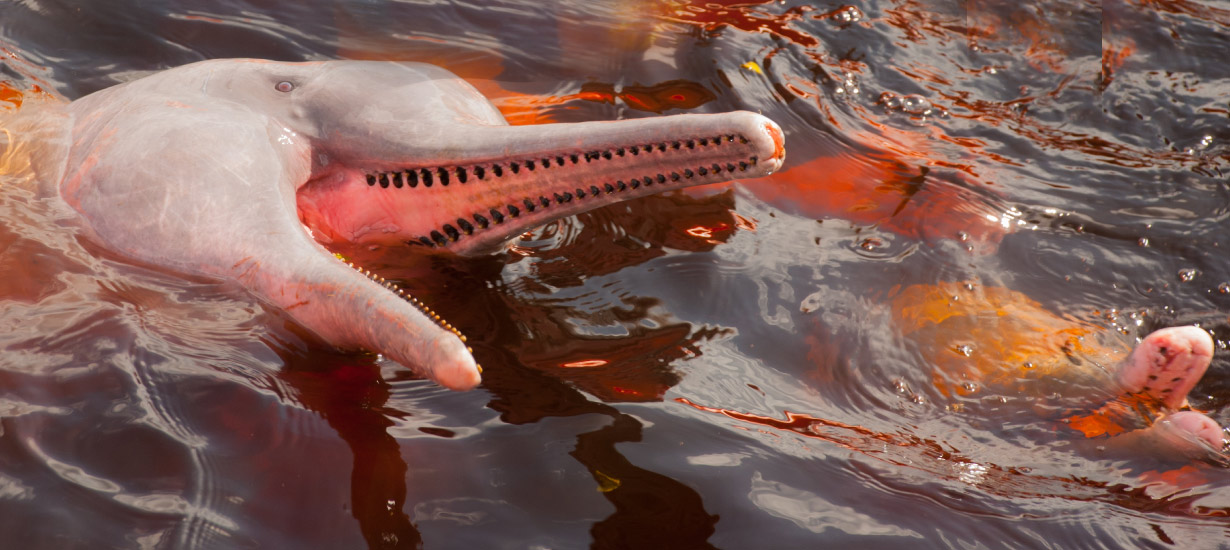Opportunities for Peruvian digital animation talent in the Argentine market
Síguenos en:Google News
The digital animation industry in Argentina has seen remarkable growth in recent years, becoming one of the most dynamic sectors in the region.
Since the creation of the first animated film in 1906, James Stuart Blackton's The Humorous Phases of Funny Faces, animation has revolutionized the entertainment industry and made a lasting impact on global popular culture.
From movies to video games, animated productions have proven to be an effective medium for telling stories and conveying messages in a visually captivating and emotionally impactful way.
In this article, we will explore the current state of digital animation and the opportunities available in Argentina, a country that has seen significant growth in this field in recent years.
 Source: Shutterstock
Source: Shutterstock
Profile of the animation industry and opportunities in Argentina
In this region, digital animation covers a broad range of areas, including animated films, television series, advertising, video games, and content for digital platforms. Known for their creativity, innovation, and technological expertise, animation companies in Argentina have successfully positioned themselves in the global market.
For instance, in 2022, exports of audiovisual and related services reached a value of USD 326 million, reflecting a 12.8 % increase compared to the previous year (2021). (Source: Trademap)
Now, let's explore the opportunities offered by the Argentine market in digital animation.
1. According to the 2019 Libro Blanco Quirino de la Animación Iberoamericana (Quirino White Paper on Ibero-American Animation), Argentina ranks as the third-largest producer of animation in the Ibero-American region, following Spain and Brazil.
Meanwhile, 95 % of Argentine feature films are available on popular streaming platforms such as Prime Video, Disney+, Netflix, iTunes, and Google Play, providing greater visibility for these productions.
Additionally, only three Latin American countries have their own local platforms: Argentina with Cine.ar, Spain with Filmin, and Mexico with Blim.
2. According to the National Institute of Cinema and Audiovisual Arts (INCAA) of Argentina, there are approximately 150 animation companies in the country, including ARTAN Animation, Estudio Blirp, Animar, Buda.TV, Caramba Estudio, and others.
3. Argentine companies in this industry, often with few internal employees and lacking digital animation specialists on staff, rely on their producers to hire personnel from abroad to collaborate on specific projects.
Another interesting aspect is that many digital animation companies in Argentina collaborate on co-productions with companies from other countries, such as Spain, Chile, Peru, and Brazil. These partnerships take advantage of government incentives and support programs aimed at strengthening the knowledge economy. Such collaborations not only promote cultural exchange but also create opportunities for Peruvian studios to contribute to large-scale international projects.
 Source: Shutterstock
Source: Shutterstock
4. The video game sector in Argentina generated revenues of USD 91.5 million in 2022, surpassing the previous year's value of USD 72.3 million. This growth highlights the sector's potential and offers key opportunities for animators looking to collaborate on high-impact international projects. (Source: Observatory of the Argentine Video Game Industry)
5. Peruvian talent has gained recognition in the production of animated films. Feature films featuring iconic characters, such as Condorito, created by the Peruvian company Aronnax Animation Studios, have earned international acclaim for their quality. In fact, it has become the highest-grossing Peruvian animated film in the region, and a sequel is already in development.
Another significant milestone is the premiere of the first 3D feature film in the region, "Piratas en el Callao (Pirates in Callao)," in 2004. Additionally, the production that has achieved remarkable success is Ainbo, created by the Tunche Films studio. Ainbo won the title of Best Animated Film at the 2022 Platinum Ibero-American Film and Audiovisual Awards.
 Source: PROMPERÚ
Source: PROMPERÚ
Adding to this, we have the case of "Apus," the Peruvian animation studio that has worked on internationally significant projects, such as the acclaimed Netflix series "Love, Death & Robots," as well as Looney Tunes animations and music videos for artists like Sia, Backstreet Boys, J Balvin, and OutKast. This highlights the exceptional technical and creative talent of Peruvian animators.
Digital animation value chain
Within animated content, the value chain plays a crucial role. In this section, we will outline all the stages and processes necessary for its production, from the initial concept to its distribution and consumption.
The first stage is called creative development, which includes scriptwriting, storyboarding, story reels, audio development, visual development, design, casting, and planning.
Next is pre-production, a phase that involves character modeling and rigging, layout design, and lighting setup. Following that is the production phase, where character animation and visual effects are created. Finally, in post-production, the animation undergoes editing, special effects, color correction, compositing, voice and music editing, and rendering with sound and music, completing the final product.
 Source: Shutterstock
Source: Shutterstock
Finally, we have promotion and marketing, which involves internal logistics, external logistics, as well as marketing and sales strategies.
In this way, the value chain highlights the complexity and ongoing collaboration behind the creation of digital animations, where each stage plays a crucial role in bringing an idea from its conception to its final consumption by the audience.
The growing demand for animated content, combined with Peruvian talent and creativity, presents a valuable opportunity in an ever-evolving industry like Argentina's. With a blend of innovation, support, and the ability to compete in international markets, Argentina continues to establish itself as a leading force in the world of animation in Latin America.
 Source: Shutterstock
Source: Shutterstock




.jpg)


